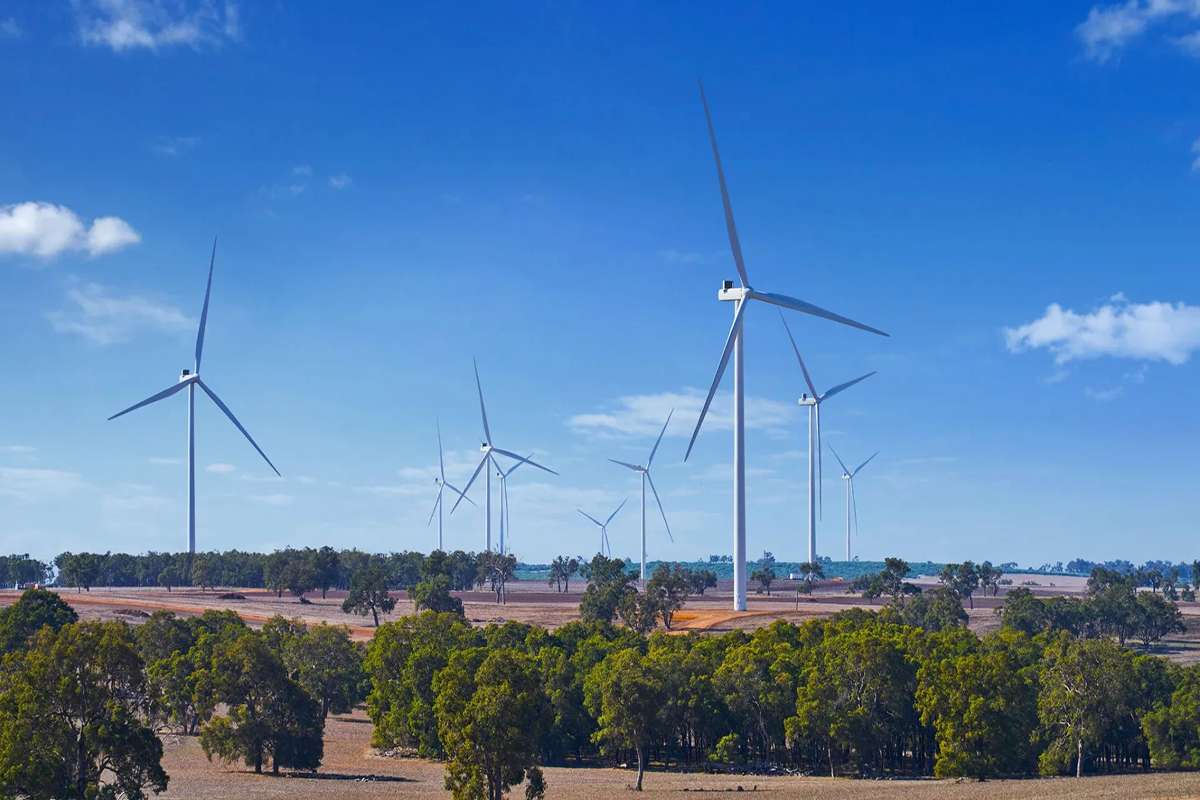- 22 May 2023
- No Comment
- 214
Carbon Accounting: A Key Strategy for Climate Action

Carbon accounting is a strategy for measuring and tracking the amount of greenhouse gas (GHG) that an organization emits. GHGs are gases that trap heat in the atmosphere and contribute to global warming and climate change. The most common GHG is carbon dioxide (CO2), which is why the term carbon accounting is often used.
Additionally, carbon accounting can be used to monitor initiatives or actions to lower GHG emissions in industries like forestry or renewable energy. For example, planting trees can sequester carbon from the atmosphere and generate carbon credits that can be sold or traded.
Organizations use carbon accounting for various reasons, such as:
– To comply with legal regulations and reporting requirements
– To demonstrate social responsibility and environmental performance
– To pinpoint areas where efficiency can be improved and costs can be cut
– To entice customers and investors who are concerned about sustainability
– To participate in voluntary carbon markets and offset programs
Carbon accounting can be done at different scales, from individual products and services to entire nations. It typically involves a combination of measurements, calculations, estimates, and reporting. A variety of standards and guidelines can be applied, such as the Greenhouse Gas Protocol and ISO 14064.
One of the common ways to categorize GHG emissions is by using three scopes:
– Scope 1: Direct emissions from an organization’s own facilities and activities, such as fuel combustion or refrigerant leaks
– Scope 2: Indirect emissions from electricity purchased by the organization
– Scope 3: Other indirect emissions from the organization’s value chain, such as suppliers, transportation, waste disposal, or employee travel
Scope 1 and 2 emissions are usually easier to measure and report than Scope 3 emissions, which can be more diverse and complex. However, scope 3 emissions can also represent a significant source of GHG emissions and opportunities for reduction.
The difficult process of carbon accounting necessitates the availability of precise historical, real-time, and energy data and factor sets. For the purpose of compliance and reporting, energy data must accurately reflect the organization’s complexity and hierarchical structure. Factor sets are the conversion factors that are used to translate energy consumption into GHG emissions, such as kilograms of CO2 per kilowatt-hour of electricity.
Carbon accounting is also an evolving field that faces some challenges and limitations, such as:
– Data quality and availability
– Methodological consistency and comparability
– Double counting and verification of emission reductions
– Uncertainty and variability of emission factors
– Transparency and disclosure of assumptions and boundaries
Despite these challenges, carbon accounting is an essential tool for organizations to understand their environmental impact and take action to reduce it. Carbon accounting can help organizations align their strategies with the global goals of limiting warming to well below 2°C above pre-industrial levels, as agreed in the Paris Agreement. Carbon accounting can also help organizations gain a competitive edge in a low-carbon economy and create value for their stakeholders.
